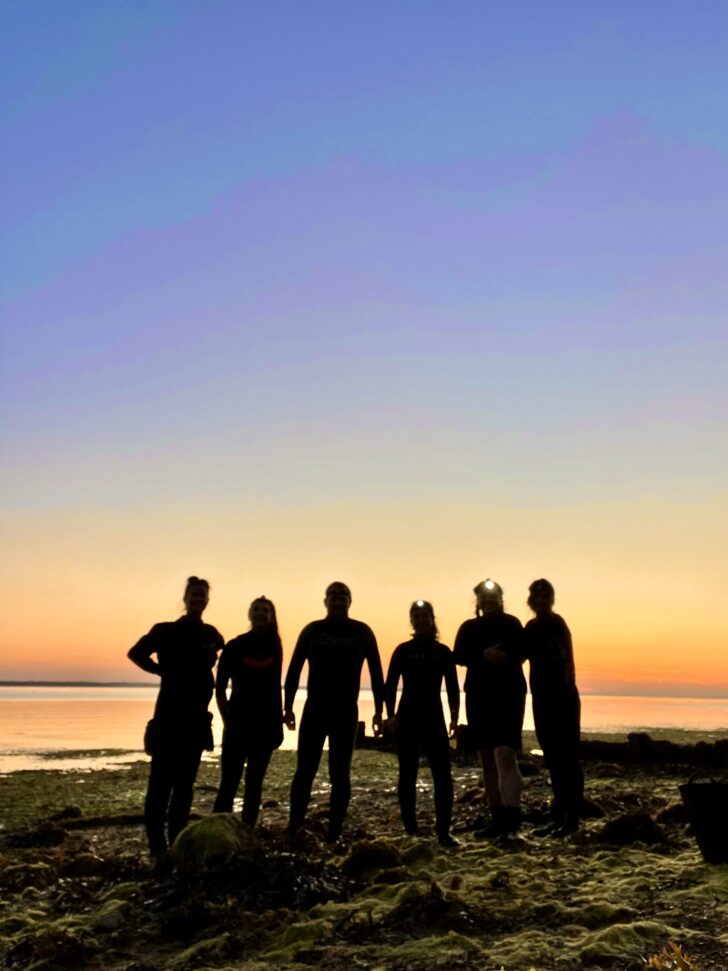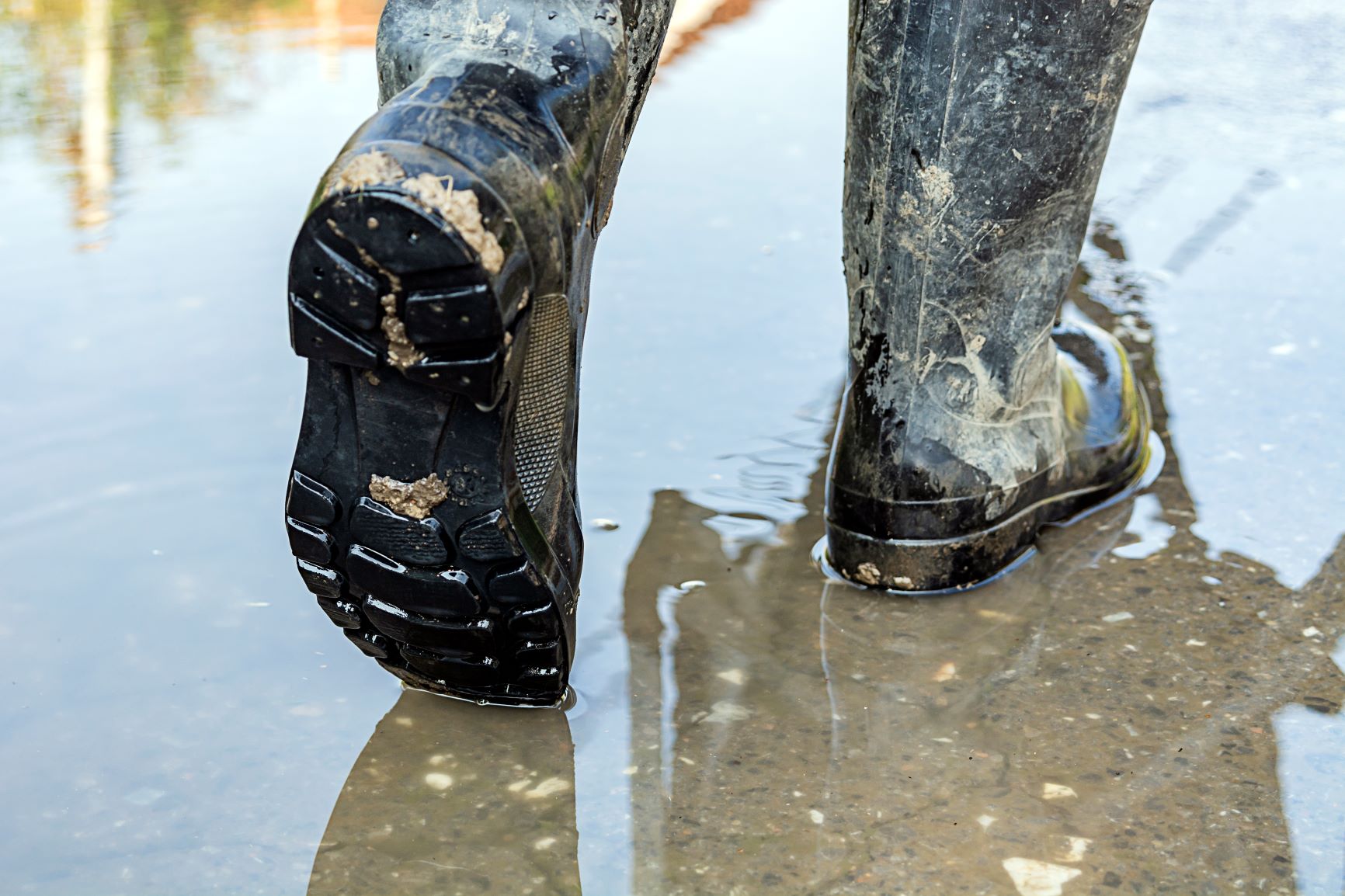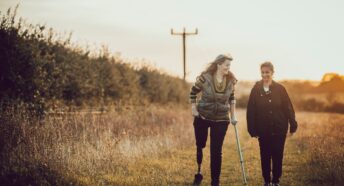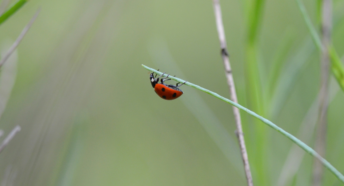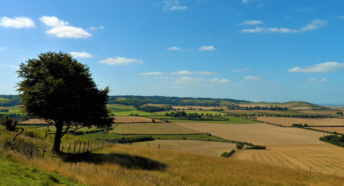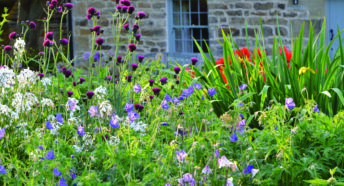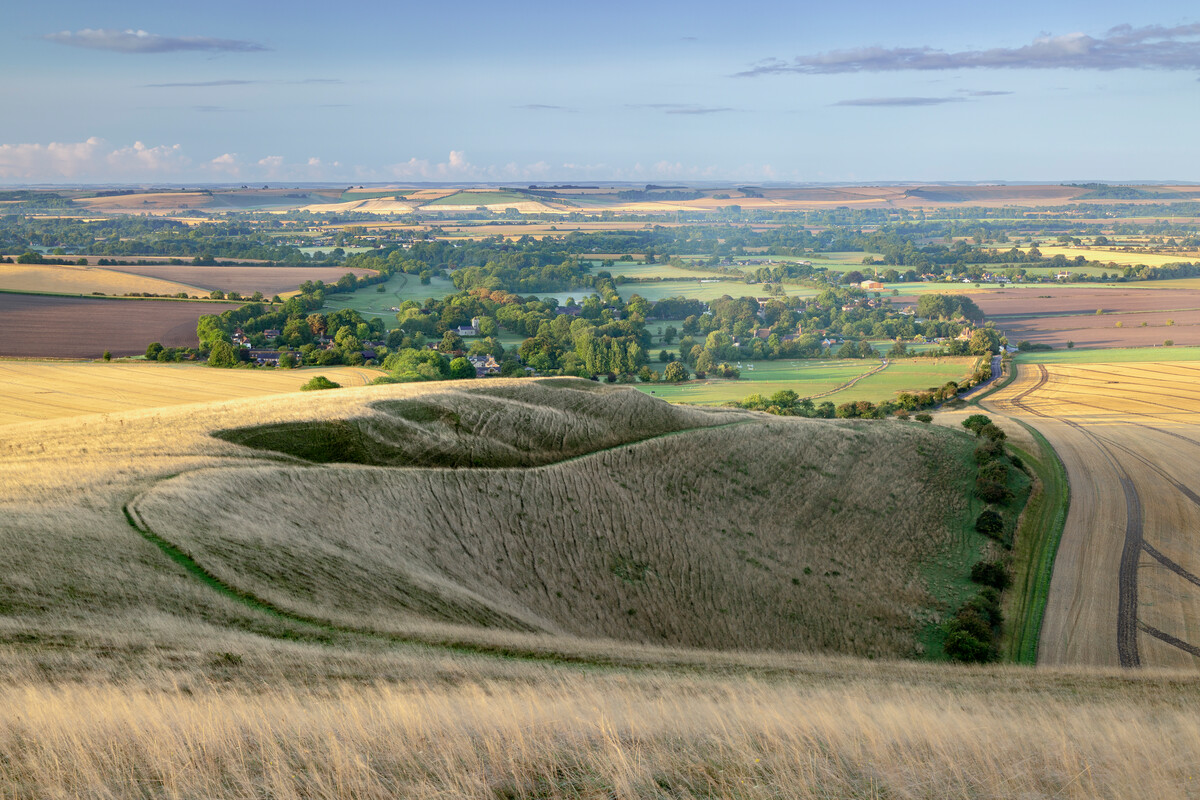Underwater world
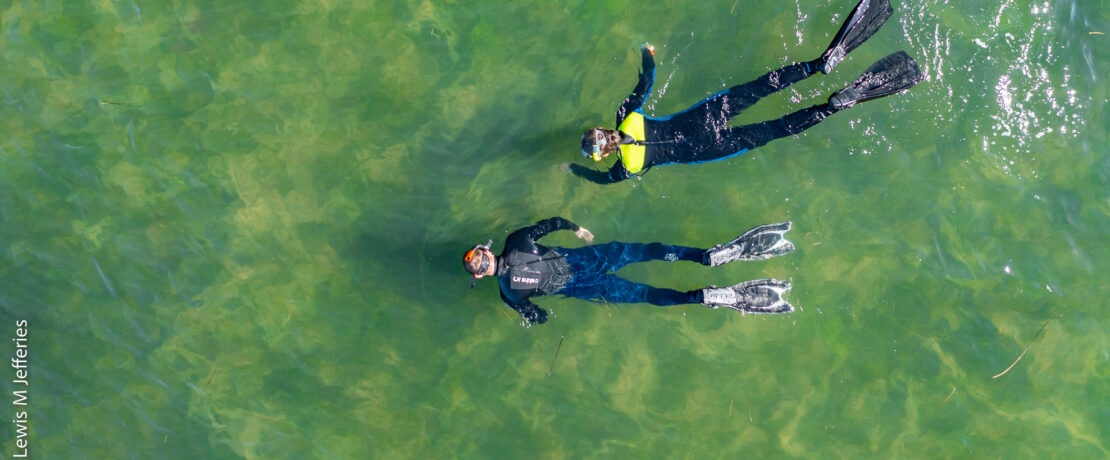
Marine scientist, Anouska Mendzil, is passionate about protecting our seagrass meadows, a precious and beautiful habitat lying hidden beneath the ocean.
Snorkelling through a seagrass meadow is peaceful and serene. Sound is muffled, fronds sway above you, creatures interact. You see how much life there is within this important ecosystem.
Seagrass meadows provide an important nursery ground for juvenile fish, with many species coming to the shallower waters to lay their eggs on seagrass leaves. In the UK, these include cuttlefish and netted dog whelks, catsharks and rays, and seahorses too. But I haven’t seen a seahorse yet – they are very shy animals.
Seagrass also camouflage young fish from predators. When they reach sexual maturity, they migrate offshore – important for commercially available fish as that’s where they become available for us to catch. Cod, pollack and plaice all start their life in seagrass – so if we like fish and chips, we must protect marine habitats.
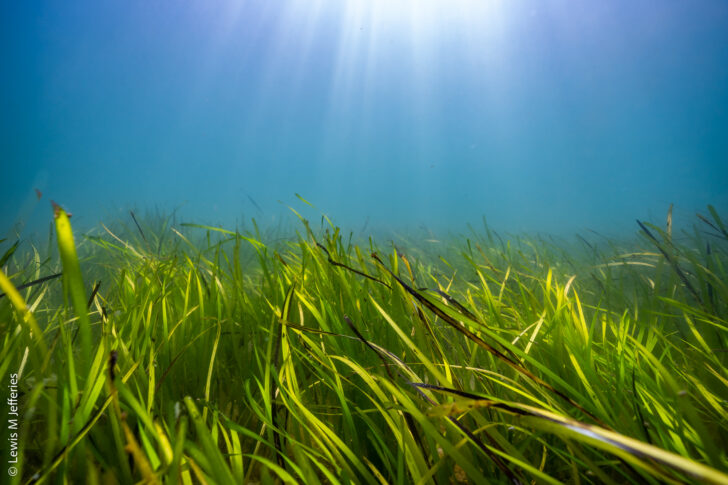
Seaside saviour
Apart from supporting sealife, seagrass is an environmental superhero in many other ways. Growing up to 1-1.5m in length, it buffers the effect of storms and high winds, decreasing coastal erosion. It also stores carbon.
People often confuse seagrass with seaweed, but they’re very different. Seagrass is the only true marine flowering plant and it produces seeds. It has roots just like plants on land and it’s able to reproduce asexually and sexually through its seeds and rhizome systems, allowing it to spread.
You’ll find seagrass on every continent except Antarctica. There are around 72 known seagrass species worldwide. In the UK, we have two – ‘Zostera marina’, the subtidal species always covered by water, and ‘Nanozostera noltei’, a dwarf species exposed when the tide goes out. The common name for both is eelgrass.
We’ve lost about 92% of UK seagrass meadows over the last century, mostly due to water pollution from industrial discharge and agricultural run-off – as a plant, seagrass needs clear waters for photosynthesis. It grows in little pockets around the UK coast and I work with Project Seagrass to protect existing seagrass meadows around the Solent and Isle of Wight to ensure they’re not lost. We do a lot of science-based research there and started restoration on the Isle of Wight in January 2024.
Seagrass restoration is physically intensive and an expensive process – another reason why it is so important to protect our remaining seagrass meadows. First, we do a lot of survey work to establish whether an area is suitable for seagrass restoration, checking whether the sediment is the right sandy/clay mix, doing drone surveys, testing water quality…
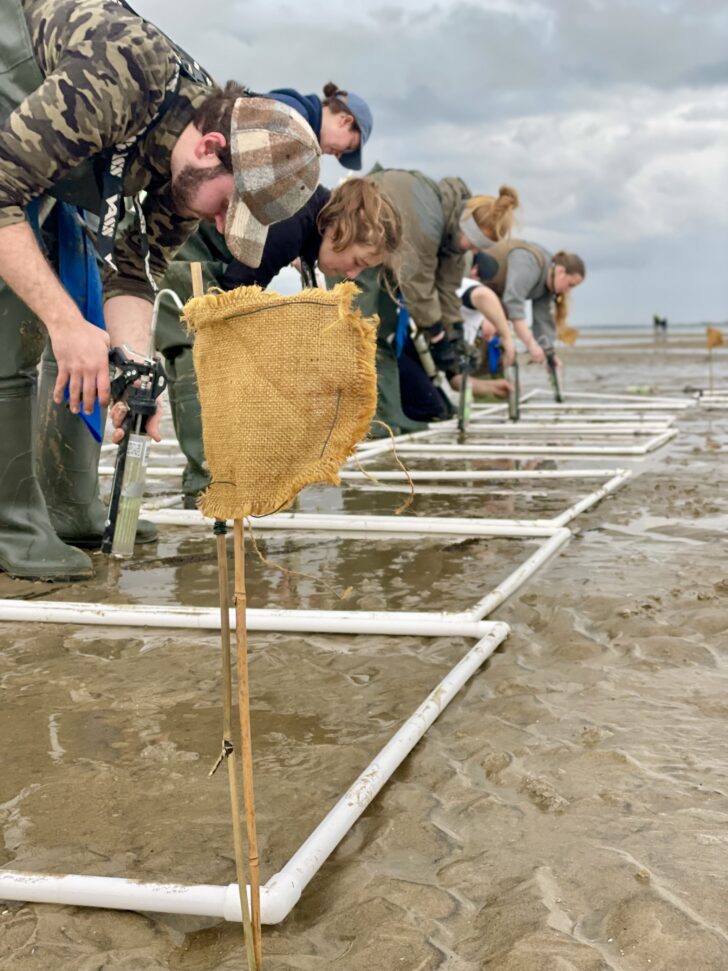
Seeds of hope
We harvest seagrass seeds when they mature in the summer months, handpicking by scuba, snorkelling or wading. We involve as many local volunteers as possible where we can, as it gives them a connection with a precious habitat that many are not aware of.
The seeds are in a leaf-like husk, so we put them in water until the husks rot down. The exposed seeds are collected and overwintered at a very cold temperature and at a set salinity.
In March, ready for sowing, the seeds are mixed with a mud solution and put into caulking guns – like you’d use to silicone a bath. Every press dispenses four seeds, so we know exactly how many go into a square metre of beach and can monitor how well they germinate.
We normally sow the seeds on an exposed spring tide in March or April, though we have done it by scuba. On foot, however, you have more control and can mark out areas using bamboo canes. We also restore using plants grown in our seagrass nursery – like using plug plants from a garden centre.
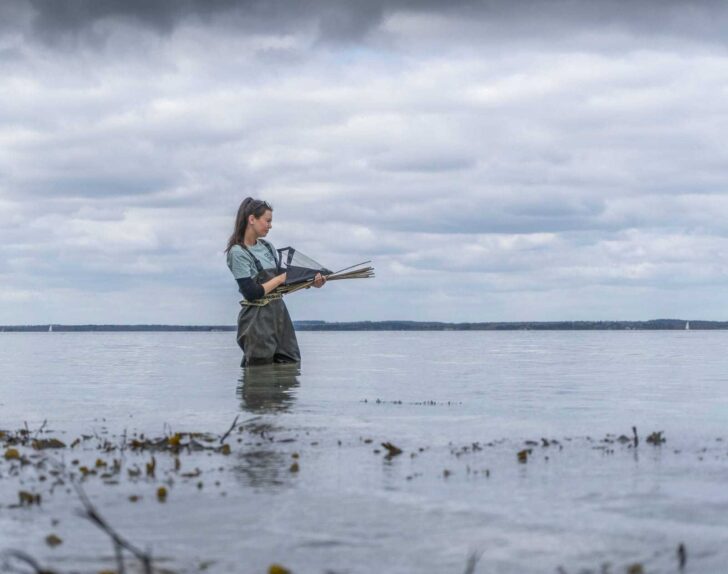
Time and tide
Seeds are sown whatever the weather, even if a gale is blowing! If we miss the spring tide, we won’t be able to access that area of the beach until the following month. Obviously, it’s much easier if rain’s not blowing into your face!
Dark mornings are tough too. You have your head torch on, a team to corral, plus you have to be up at 4am to transport all the mud, sediment, and kit down to the beach. There’s always good team morale afterwards though. And on sunny days, it’s as if you’re just paddling on the beach in your shorts and T-shirt. Then you’re just like, ‘oh, this is my job, this is what I do!’
Progress is slow but the work is very rewarding. In October, when we monitored the seeds we planted last spring, they looked really healthy and were already five or six inches long (they take two years to reach full size).
But we knew earlier that our restoration work looked promising. Back in May, when we monitored the site, we spotted cotyledons – the first bit of growth from the seeds, like little transparent shoots. They were all out in the area we planted – a very good sign. I was elated, jumping up and down, but I needed to rein it in as anything could go wrong. Two weeks later though, we went back on a lower tide. All the cotyledons had turned green, just as they should. I stopped all the field work, making sure everyone came to look.
I wanted everyone to share the joy, to see that their work had paid off. Then we all just started high fiving.
